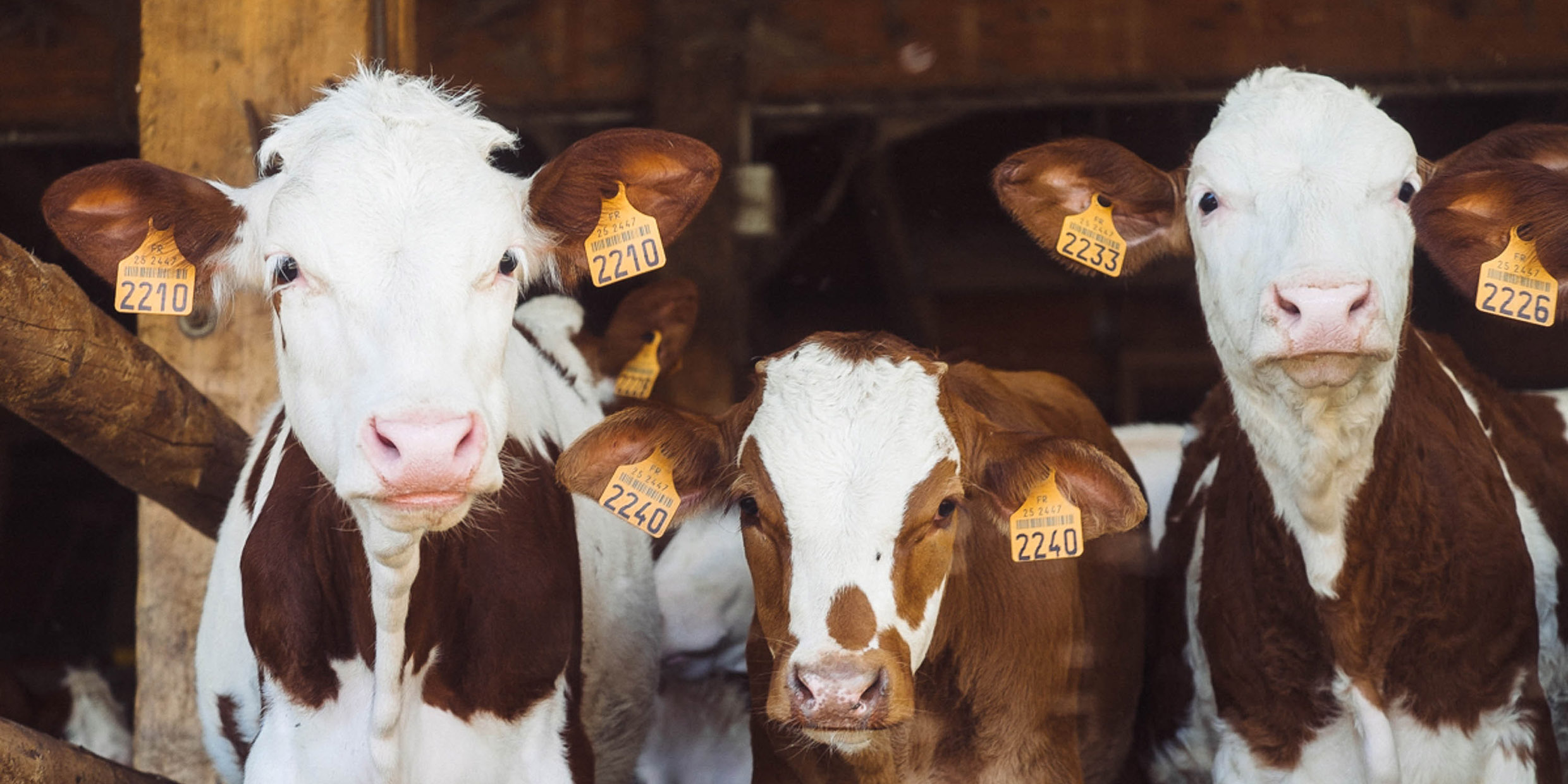Originally published 5 February 1990
No issue in science is more controversial than greenhouse warming.
On the one hand are the doomsayers who see temperatures soaring, deserts spreading across farm belts, ice caps melting, and sea levels rising to drown coastal cities. They point to the sweltering summer of 1987 as a preview of things to come.
On the other hand are the naysayers who are confident that Earth’s climate system can absorb greenhouse gases and still maintain something close to the present equilibrium. If temperatures rise a fraction of a degree or the sea creeps marginally onto the shore then that is the price we pay for technological progress, and technology will arrange a fix. As for the claim that greenhouse warming is already here, well, what about the bone-chilling December of 1989?
The doomsayers get more and bigger press, but the fact is that no one is completely sure if greenhouse warming is already here, and no one knows what the world will be like in 2050.
Greenhouses gases increasing
What everyone agrees on is the capacity of certain gases in the atmosphere (carbon dioxide and methane, for example) to let sunlight in and keep heat from going out, warming the surface of the Earth like glass in a greenhouse. And no one doubts that the amounts of these gases in the atmosphere are increasing because of human activities.
Some computer simulations of future climate predict dire consequences if rising levels of greenhouse gases are not contained. But even the scientists who program the computers admit that we have only the sketchiest knowledge of how things like clouds and deep ocean currents enter into the calculations.
So the issue turns as much on emotion as on hard fact.
If you are an environmentalist, or a pessimist, or someone who saves compulsively for a rainy day, then you are probably convinced that doomsday is around the corner — what environmentalist/author Bill McKibben calls “the end of nature.”
And if you are an Exxon stockholder, or an optimist, or a devil-may-care spendthrift, you probably believe that greenhouse warming is all a bunch of hooey.
In either case, you may want to know about Environmental Protection Agency report number 400/1 – 89/002, “Reducing Methane Emissions From Livestock: Opportunities and Issues.”
Here is the gist of the report:
- The concentration of methane in the atmosphere is increasing at a rate of about 1 percent per year.
- Methane is a greenhouse gas.
- Animal flatulence is an important source of atmospheric methane.
- If we turn our minds to it, we can reduce methane emission by animals, particularly livestock, and thereby lessen the prospect of greenhouse warming.
Of course, animal flatulence is not the only source of atmospheric methane. Swamps, wetlands, lakes, and oceans are natural sources. Livestock, rice paddies, forest fires, termites from disturbed forests, venting and incomplete flaring of gas during oil exploration and extraction, coal mining, and landfills are methane sources related to human activities. Cattle, buffalo, and sheep account for 15 percent of the total.
Such a potential contribution to greenhouse warming is not to be sneezed at.
Cows large source of methane
One might reasonably ask why if there are something like 5 billion humans in the world and only a billion cattle, the latter get the blame for raising the temperature? The answer has to do with the chemistry of digestion. A cud-chewing cow contributes 1,000 times more methane to the atmosphere than a human, a curious bit of trivia for which we must be grateful to the EPA.
Even an elephant, it seems, is only half as efficient as a cow when it comes to methane production, and hippopotamuses and rhinoceroses fall still further behind. The lesson is clear. If we are serious about slowing down global greenhouse warming, livestock flatulence is one place to start.
The EPA report meets the problem head on — or tail on. If methane emissions from livestock could be reduced by 50 percent that would take us halfway toward stabilizing atmospheric methane concentrations, and reduce the likelihood of dust bowls in Iowa and gondolas in the streets of Boston. In short, we need less windy cattle.
There are ways to achieve this. Cattle can be placed on low-methane diets. Or methane inhibitors can be used as feed additives.
But first, says the EPA, we need to know more about livestock gas emissions — what gases and how much of each.
There is no shortage of scientists ready to model greenhouse warming on computers, or to go to the Antarctic ice cap or Amazon rain forest to monitor atmospheric concentrations of carbon dioxide or ozone or chlorofluorocarbons. But where will we find the researchers prepared to carry gas analyzers into barn yards and stockyard pens to measure the flatus of cattle?
The EPA has issued the call. The continuance of nature is at stake.
In the 30 years since this essay was first published, ongoing research has led to worldwide scientific consensus that continued greenhouse warming is a serious danger, of which agricultural emission is a significant contributor. ‑Ed.



